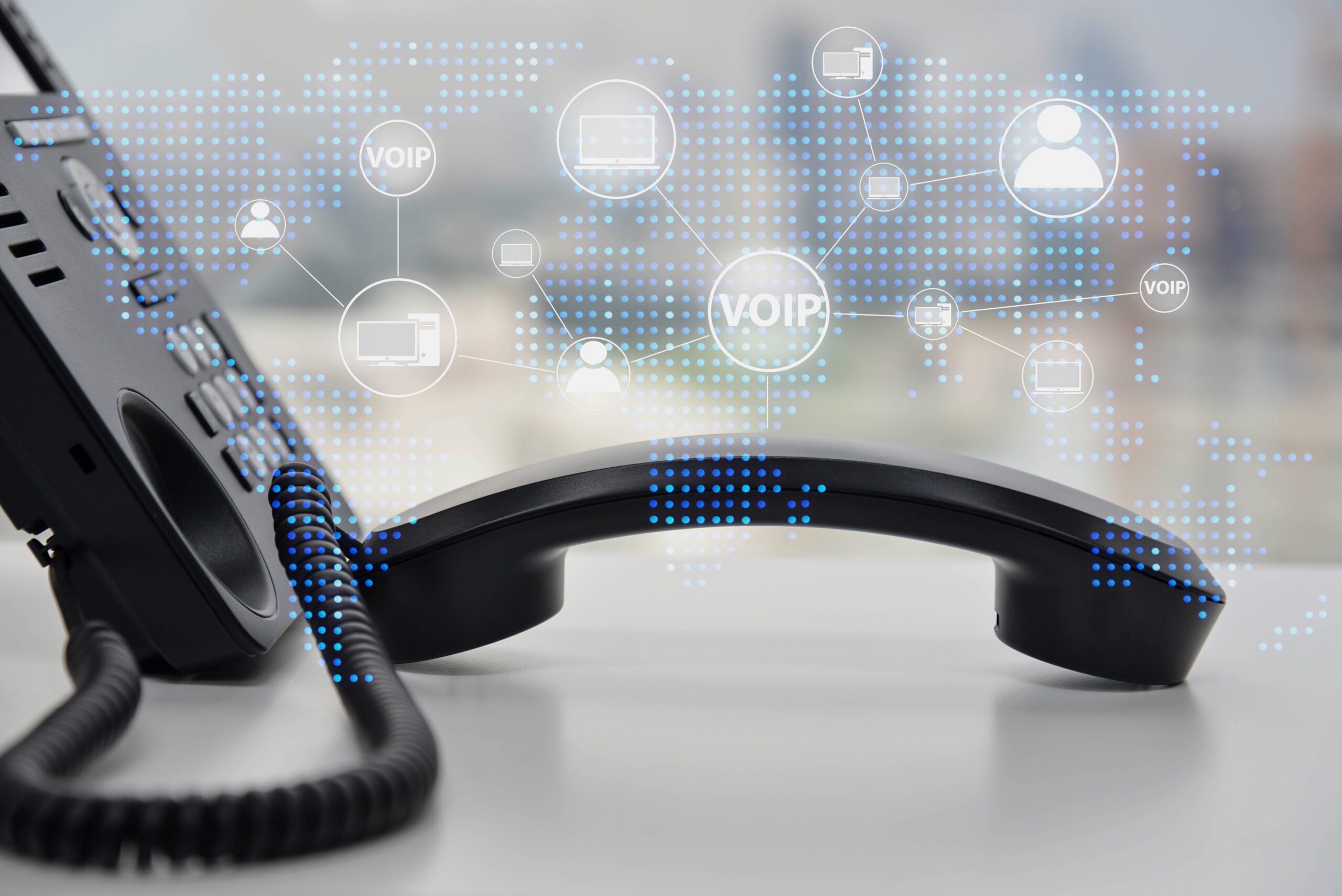Imagine this scenario. You’re on the phone with your biggest client, about to make an incredible sale, and then the call drops. Not only is this inconvenient, but it also comes across as unprofessional. You sheepishly call them back, annoyed with your phone system for letting you down during a crucial business conversation. While the call does end successfully, you immediately begin to consider your other options for phone service. That’s when you learn about Voice over Internet Protocol, or VoIP. After VoIP installation, you never have to worry about dropped calls and interruptions on business deals again.
VoIP is a better phone solution for your business; it can be installed quickly and works from day one. However, there are some installation requirements you must have in place to implement this feature for your company successfully.
1. Ensuring You Have Enough Network Bandwidth and Low Latency
If you ever experience problems with VoIP configuration, most of them will have something to do with your internet connection. That’s why, before asking “how to set up a VoIP phone system,” you should ensure that your internet connection has the suitable bandwidth for the additional traffic the added internet phone system will handle.
Low latency is part of this consideration. Latency is how long it takes data to reach a specific location. Low latency is best for high-quality phone calls, and VoIP typically performs best when the latency is less than 30 milliseconds.
2. The Right Hardware
When you think of phone hardware, you likely imagine the messy wires you’d find with traditional landlines. With VoIP hardware, you won’t find miles and miles of cables. You simply need a VoIP-compatible phone or other devices to handle the software installation. You can also use your smartphone, computer, or tablet to take calls on an app. This versatility allows for endless flexibility with where you can receive calls if you have an internet connection.
A phone or compatible device isn’t the only hardware necessary for a VoIP system. You will also need a modem and a router, which are already part of your network! Additionally, keeping all your cabling up to date for this new phone system is essential. Structured cabling will give your VoIP install a nice, clean look and is a necessary part of VoIP operation. If you have an old building or phone system, your wiring is likely outdated. We can look at that for you and meet all your structured cabling needs as well.
3. Battery Backup in Case of a Power Outage
This recommendation isn’t necessary for VoIP installation in a business setting, just strongly encouraged. You may experience power outages from time to time that shut down your operation. You have a few options for power backup to ensure you can keep using your telephone system even if there is a power interruption.
- Power over Ethernet, also known as PoE, allows your phones to be powered through the ethernet cable, not plugged into an electrical outlet. A single power source can power your entire system thanks to PoE, making adding a backup to the system much more straightforward.
- You can implement an Uninterruptible Power Supply, sometimes called UPS, to your system to ensure that power outages do not affect your phone. A built-in battery in a UPS supports the telephone system in case of a power outage.
4. Decide on Data Prioritization
Even the fastest networks can strain under increased bandwidth usage due to increased customer interaction or software downloads. That’s why ensuring that your VoIP system has data prioritization is essential. Your network service provider can help you ensure prioritization is in place after VoIP installation.
5. Choose a Reliable Service Provider
A good VoIP service provider is crucial to successfully implementing this new VoIP phone service. You want to be sure they are reliable and secure and can help you implement all the features you want for your VoIP system. When you’re ready to implement a VoIP setup into your business, you can trust the experts at Mohawk Networks to help you through the VoIP installation process.
What Should I Do After VoIP Installation?
Once you’ve got your VoIP system in place, testing it should be your next step. Some firewall settings will prevent you from making calls, so you might need to adjust those. Additionally, you want to check your connection stability, both connected through a wire and with WiFi. Have your employees turn on their favorite streaming services for just a few minutes while you ensure network congestion doesn’t affect the quality of the calls.
Are You Ready for VoIP Installation?
If you’re ready for crystal clear, high-quality calls and the convenience of doing business anywhere you want, not tangled up in the phone wires at your desk, you need a VoIP phone system. Don’t go through VoIP installation alone as a DIY project. Choose Mohawk Networks as your VoIP service provider, and we will ease you into this new phone system. Get in touch with us today to get started!

